Can Check Engine Light Come On For Low Coolant? (Answered)
So you’re curious to know whether low coolant levels will throw a check engine light? Or do you suspect low coolant to be behind the check engine light illuminating your dash? If yes, this guide will help you out.
Can check engine light come on for low coolant? Yes, low coolant levels in your car radiator can trigger the check engine light to come on. Low coolant affects the internal engine temperature which is protected by antifreeze—triggering the CEL to come on to alert you of engine overheating.
We have researched more about the relationship between low coolant in your car radiator and check engine light (CEL) and found some interesting details that we’ll share with you shortly.
Can engine light come on for low coolant?
Low coolant will definitely make the dreaded check engine light come on! When the amount of coolant in your radiator runs low, the engine will be overheating sooner and this is where the CEL is triggered to warn you of overheating.
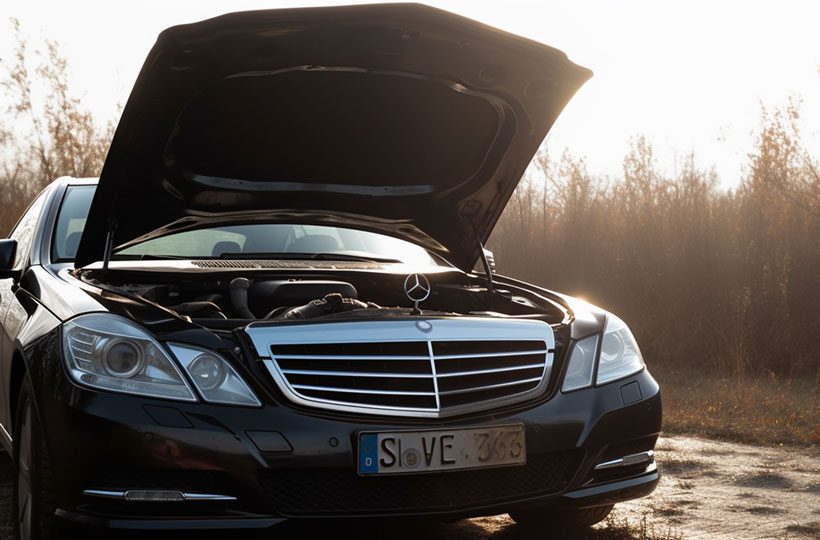
This simply means that the CEL doesn’t come on due to the low coolant level itself, but due to engine overheating resulting from the low coolant levels.
As you already know, the work of engine coolant is to help regulate your vehicle engine’s extreme temperature (in other words, it protects the engine from overheating.
That said, when the coolant levels drop low and can’t offer the much-needed internal engine temperature regulation, the coolant level sensor detects this and sends a false reading to the vehicle computer.
When the engine control computer detects this issue in the coolant system, the coolant sensor fails to report the necessary voltage signal from the computer, forcing the check engine light to come on.
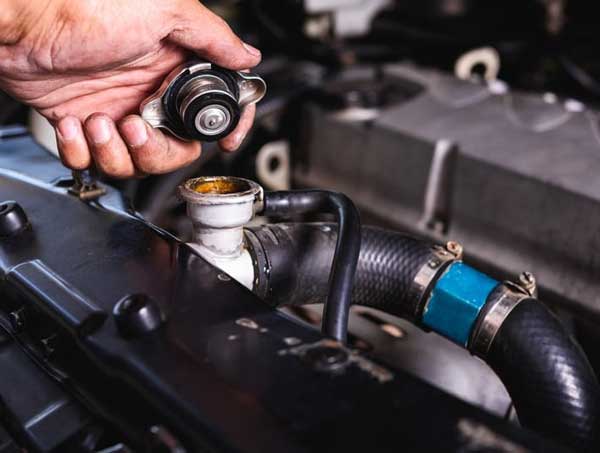
Don’t confuse the CEL with low coolant warning lights though. Most cars have this type of warning light and it doesn’t always trigger the check engine light at the same time unless the coolant level is too low that it causes a fault to be triggered.
What to do if the engine light comes on for low coolant?
You should NEVER ignore the check engine light for low coolant, whether it’s steady or flashing, as it can lead to significant damage to your car engine. With this in mind, this is what you should do when the engine light comes on for low coolant:
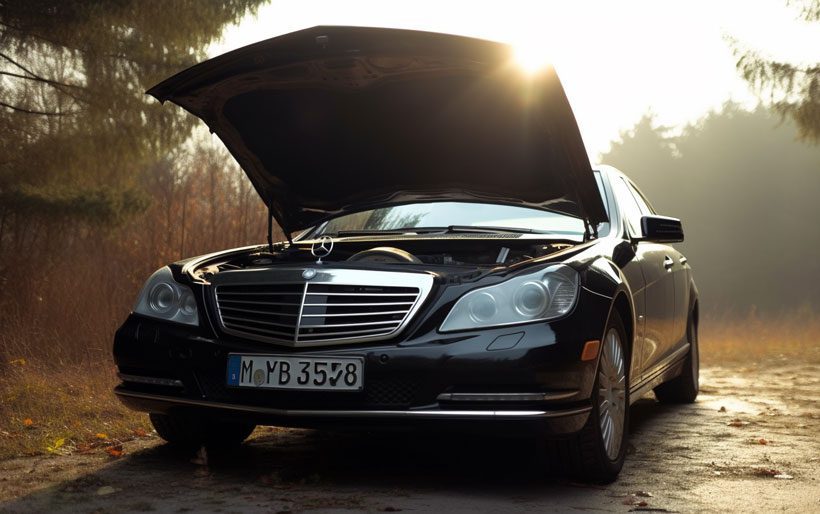
Step 1. Turn on the heater immediately at maximum temperature and maximum fan speed. This step is necessary to help transfer some of the heat produced away from the engine and prevent damage.
Step 2. Asses the traffic conditions to help you know when and where to safely pull over and switch off your car engine.
Step 3. The fact that the low coolant triggered the CEL means it’s extremely hot, so we don’t advise you to go anywhere near it immediately after you pull over. If steam is escaping from under the car hood, then it’s even risker and you should wait until it subsides.
If you can’t see any steam, go ahead and pop open the hood and inspect the coolant reservoir tank level. In ideal conditions, the coolant levels should fall between MIN and MAX markers that are on the side of the tank.
Step 4. DON’T open the reservoir cap until you have given the reservoir sufficient time to cool down (this should be between 15 and 30 minutes, depending on the engine size).
Remember, the coolant system is pressurized, and opening it too soon may result in hot liquid and steam gushing and causing scalding.
Even after giving the fluid enough time to cool, you should still be cautious; use a cloth draped over the cap and open it slowly and gently to allow pressure to escape first.
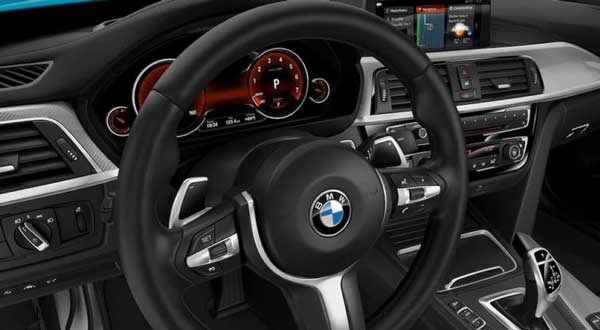
Step 5. Now top up the engine coolant if the levels are low. Hopefully, this will reset the check engine light and other low coolant warning lights.
If the CEL doesn’t go away, you should have a reputable mechanic check your car before continuing with your journey to avoid causing further damage to your car.
Also, don’t forget to inspect under the engine compartment for visible signs of coolant leaks. If your coolant is leaking, you’d want to not continue with your journey until you have a mechanic fix the issue.
Check the video below on how to diagnose a coolant leak
Will check engine light go off after adding coolant?
In ideal conditions, the check engine light should reset after you fill up the radiator with coolant. However, this doesn’t happen immediately.
It may take a while, driving at normal car operating temperature, for the ECT (Electronically Controlled Transmission) to communicate to the powertrain control module (PCM) and reset the check engine light.
If the check engine light fails to go off, then you should have your mechanic diagnose your car for any fault codes to establish if there’s an underlying issue that needs repair.
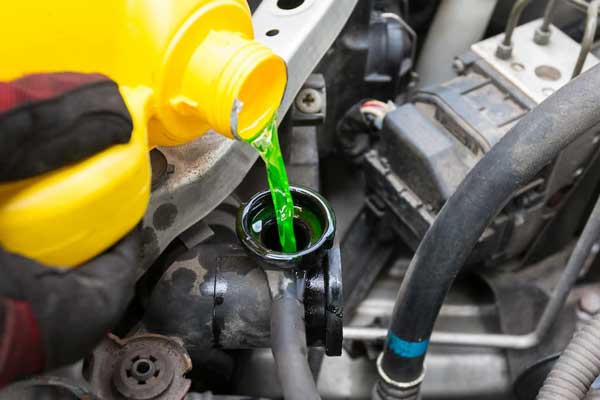
In many cases, the CEL fails to go off after adding coolant due to a faulty coolant level sensor whose symptoms include engine overheating.
Having a reputable mechanic diagnose your car is the best way to uncover the issue affecting your car and what needs to be fixed or replaced.
Can too much coolant cause check engine light?
It’s uncommon for adding too much coolant to your radiator to trigger the check engine light. As we mentioned earlier, the CEL is commonly triggered when there’s a fault resulting from engine overheating due to low coolant.
When you feed too much coolant to your car radiator, the excess fluid goes through the overflow pipe and soils into the ground until the coolant is at the correct levels.
This process of getting rid of the excess coolant doesn’t cause any issues that are likely to trigger the CEL.
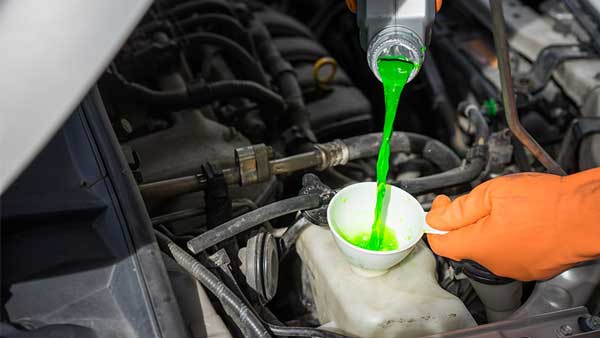
If you have the CEL illuminating after adding too much coolant, it could be due to other possible issues such as engine overheating, a plugged-up radiator, a faulty thermostat, pinched hoses, failed water pump.
A diagnosis of the car by an auto mechanic will help you establish the underlying issue and have it fixed to clear off the check engine light.
Can you drive with check engine light for low coolant on?
No. If you continue driving your car, you risk damaging the engine due if it is overheating. We recommend you pull over when it is safe to do so as soon as possible.
Let the engine cool down for at least 30 minutes before you go near it. This is because the engine is pretty hot at this time and if you attempt to remove radiator cap, you can easily get burned.
After giving the engine enough time to cool down, now go ahead and check the coolant level. You can then go ahead and fill up the radiator with coolant to stop the overheating.
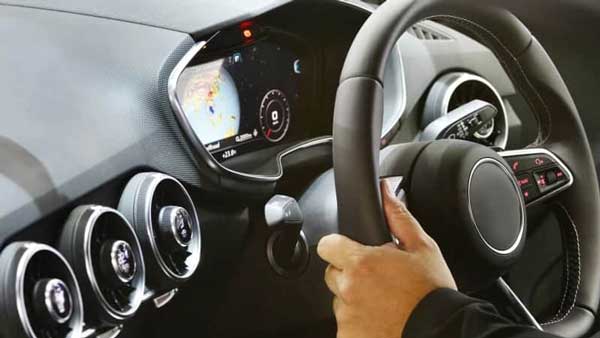
If you don’t have any coolant with you, you can add water temporarily to buy you time to safely drive your car to a garage to have the issue fixed.
Or you can try mixing water and antifreeze in a 50/50 mixture ratio and then putting it in the coolant reservoir. This will also help cool down the engine and give you time to drive your car to a professional.
If your check engine light is on, you might find our articles on troubleshooting the check engine light helpful. If your check engine light is not flashing or not working, it could indicate a more serious issue. Our article on troubleshooting the check engine light explores the possible reasons why the light might not be working and what you can do to fix it. On the other hand, if your check engine light went off after a week or so, it might be a temporary issue. Our article on why did the check engine light go off after a week? explains some of the reasons why the light might turn off on its own and what you can do to prevent it from happening again. With our expert advice, you’ll be able to diagnose and fix your check engine light issues like a pro!Frequently Asked Questions:
Yes, a coolant leak means coolant fluid is escaping from the vehicle radiator, so it will also force the coolant level sensor for low coolant to activate the check engine light. You should have your radiator inspected for a hole causing this leak and inspect below your car for any coolant fluid leak. If you have a leak, don’t drive your car before the issue is fixed ASAP by a professional to help reset the CEL.
It’s not advisable to continue driving your car when you’re low on coolant. This is because overheating can occur and cause terrific damage to your engine, costing you high amounts of fixes. The best thing to do is pull over as soon as possible and fill up the coolant. You can also use water in place of coolant to give you enough time to get to a garage for help.
If the coolant light comes on when you start your car and then goes off once you start driving, it’s another sign that the coolant level is low. This happens because the coolant has a variable volume that varies with engine temperature.
When the coolant in the radiator is cold, the coolant level sensor activates the warning light. When you start the car, the coolant heats up and expands and its level raises, making the sensor “think” there’s enough coolant, so it goes off.
The best thing to do here is to check the coolant level when your engine is cold and top it up if necessary.
Final Verdict
Now you know the relationship between low coolant and check engine light. Low coolant level in your car radiator can trigger check engine light. The coolant helps regulate internal engine temperature and when it runs low, it causes engine overheating, setting off the engine warning light.
When you have CEL come on due to low coolant, we advise you to pull over, allow the engine to cool off, and then proceed to check the coolant levels. If the levels are low, fill up the radiator to the MAX mark. You should also inspect the radiator for leaks that may be causing the coolant to run low.
If the CEL doesn’t result after adding coolant, take your car to a reputable mechanic for diagnosis of any other underlying issues.

